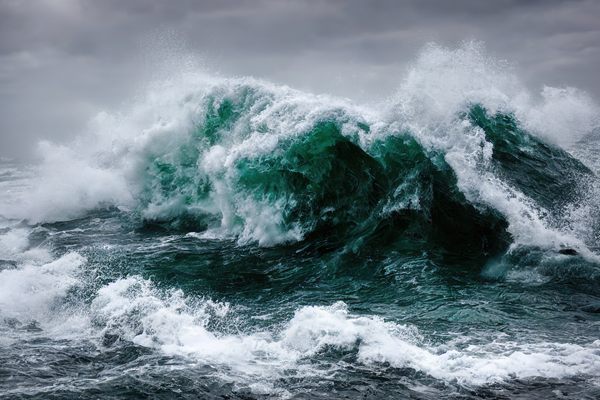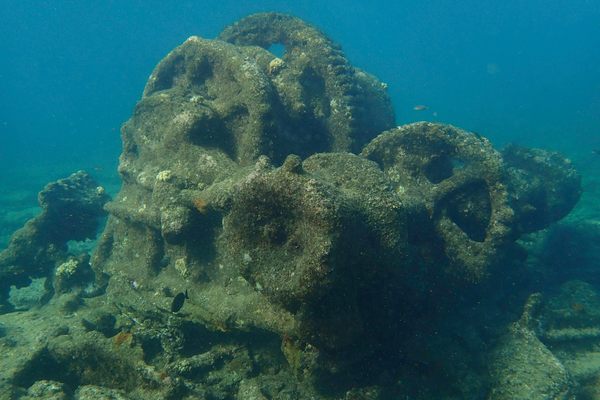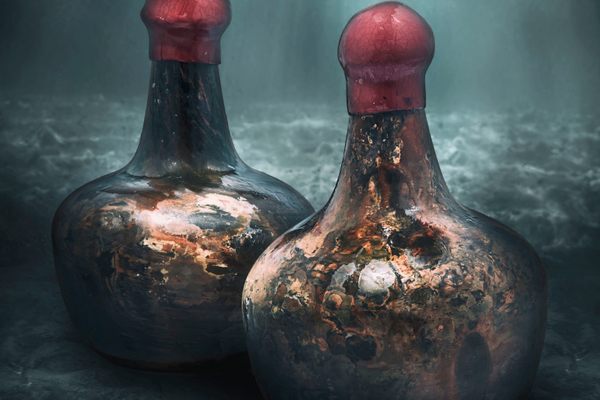Another Piece of Lusitania Has Been Rediscovered and Raised
The ill-fated ship’s engine order telegraph was found, then lost, then found.

Three years after RMS Titanic had a deadly encounter with an iceberg, RMS Lusitania joined it on the bottom of the Atlantic Ocean. The latter British ocean liner, however, was sunk by a torpedo fired by a German U-Boat (and is even today the subject of a number of conspiracy theories involving contraband and explosives). Today, the wreckage lies just off the southern coast of Ireland, and is the subject of ongoing controversy involving its venture capitalist owner and the Irish government. Amid the debate over the future of the wreck, another piece of it has been brought to the surface—this time one of the ship’s telegraphs.
The engine order telegraph was used to control the ship’s speed and direction by sending a signal from the bridge to the engine room. The heavy metal control, along with the pedestal it was mounted on, almost made it to the surface back in July 2016, LiveScience reports, but machinery being used to raise it failed, and the artifact fell back to the ocean floor, where it was lost. The Irish government criticized the removal effort because an archaeologist wasn’t involved. The telegraph was recently re-located, and was brought up last week, this time under the supervision of a government archaeologist.

The owner of the salvage rights, venture capitalist Gregg Bemis, plans to put the telegraph and its pedestal in a nearby museum, alongside other items pulled from the wreck. Bemis’s handling of the site has been criticized by the Irish government, who see the ship as an important archaeological site that should be fully under government control. Bemis hopes the ship’s wreckage contains clues to its cargo, so rumors that the ship was secretly carrying supplies from (then) neutral America to Allied Britain during World War I can finally be confirmed or refuted.













Follow us on Twitter to get the latest on the world's hidden wonders.
Like us on Facebook to get the latest on the world's hidden wonders.
Follow us on Twitter Like us on Facebook